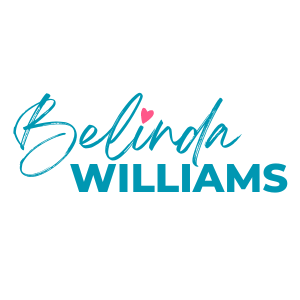Before I review a book for my website, I generally like to read an excerpt of the novel to get a sense of whether it’s worth reviewing. I don’t like to write bad reviews. I don’t believe it supports the author community, and as an author myself, no one likes to read a poor review about a manuscript they’ve obsessed and slaved over.
So this week when I was contemplating reviewing a very interesting sounding romantic suspense novel, I did the usual thing and checked out the first chapter. And struggled to get past the first few pages.
We all know that the first chapter can make or break a novel (no pressure!) Having made the decision not to review this particular novel, I reflected on why it was so. There’s plenty of reasons why a first chapter might tank, but one of the most common relates to the distinction between the story and the plot.
Story and plot: hang on, aren’t they the same thing?
 Actually, no. Your character’s stories could have started well before the first page, and usually do. Your story is the sum total of your character’s experiences: their tragic childhoods, their previous relationships and their life in general up until that point in time you choose to start writing about them. Their story will continue as you write, but the focus should now be on your plot.
Actually, no. Your character’s stories could have started well before the first page, and usually do. Your story is the sum total of your character’s experiences: their tragic childhoods, their previous relationships and their life in general up until that point in time you choose to start writing about them. Their story will continue as you write, but the focus should now be on your plot.
Confused?
Your plot drives the action in your story, it is the thing that keeps the reader invested and wanting to turn the pages. As your plot unfolds, your character’s stories will often start to drip feed into the action. Their tragic childhood could be a motivating factor for why they now refuse to let that special someone get close. Or perhaps an ex is still on your character’s mind, preventing them from moving forward.
You won’t actually get to read the full details about the tragic childhood or the nasty ex boyfriend when it occurred, but the presence of your character’s story infused into the plot will colour your novel and give it depth.
Beginning the story too early
Instead of starting your novel at the interesting bit, many authors begin way before this point. They set up characters, establish the story with lots of explanation and then ease readers into the action–wrong!
Readers want the action to start straight away. Your character’s qualities will be revealed through the action and the plot, you don’t need to spend several pages outlining it for your reader or they will get bored.
In the excerpt I read recently the author started with a dream sequence, which immediately put me on edge, because a dream is not real! The dream then laboured on the character’s failings and their past. Within two pages I was bored. Sounds brutal, I know, but the failing here was not starting the story at the right point.
How do I know if I’m beginning the story too early?
The trick here is to rely on some other great pieces of writing advice, as follows:
Avoid too much backstory: get the plot moving straight away and the backstory will come out naturally, when and where it needs to. If you’re spending pages at the start of your novel detailing your backstory, then you’re probably on the wrong track.
Show, dont’ tell: if you’re keeping things active, your characters will show us what’s happening through their actions instead of you spending pages of narrative telling us.
Lights, camera, action! Okay, strictly this isn’t related to writing, but it’s how I like to think about the start of all of my novels. I’ve spent time coming up with my character’s stories, I’ve considered the setting, and done a rough plot outline. When the time comes to finally put pen to paper (or fingers to keys) it feels a bit like it would on a movie set. The action starts and it could be anything from a bus exploding to your main character arriving home after twenty years away. The point is, your novel needs to hook your reader and in order to do this, action (or some sort of change) needs to occur to set your story spinning.
Do you agree with the distinction between story and plot? Have you ever got the two confused and started your novel too early?


Leave a comment